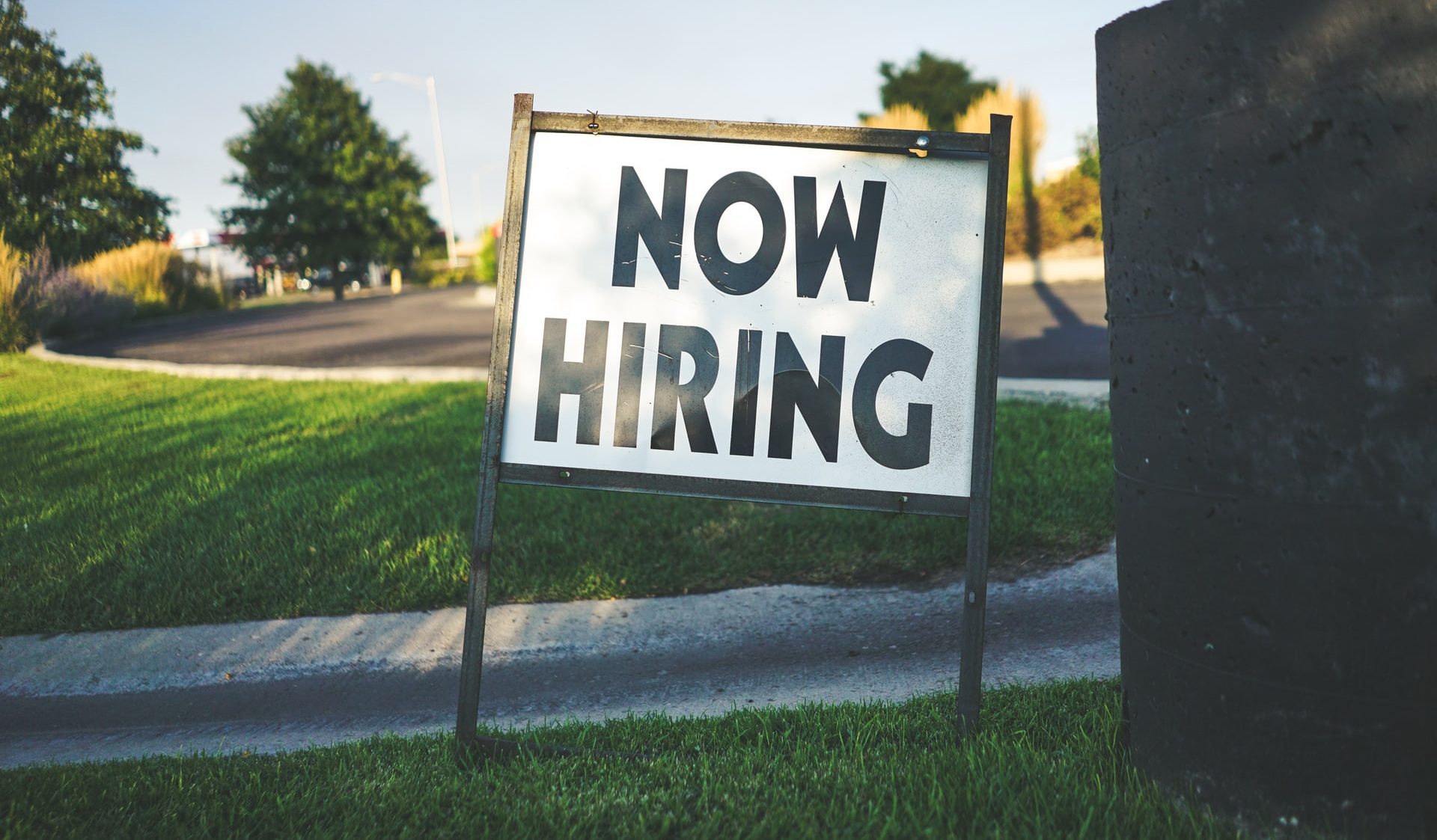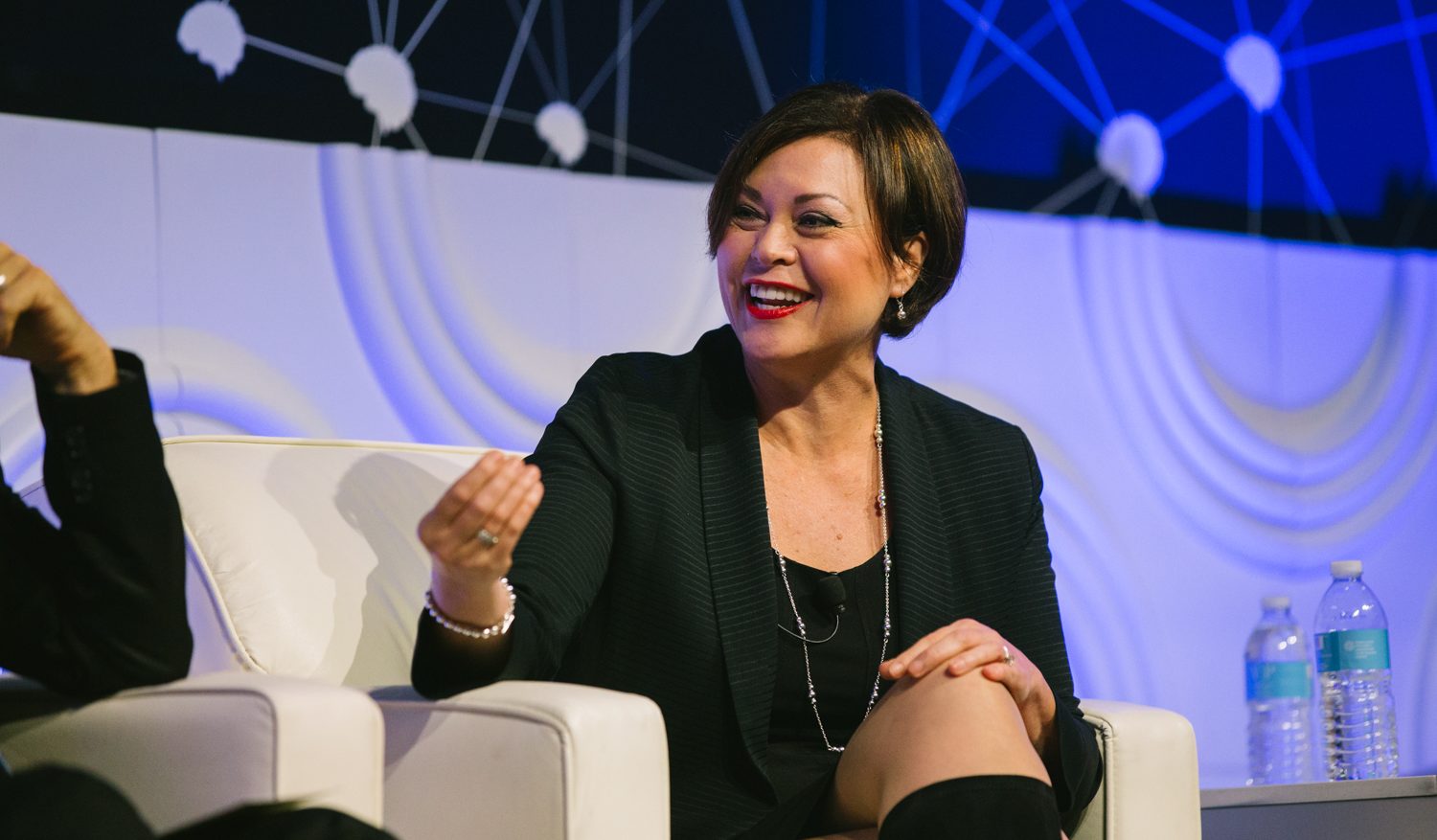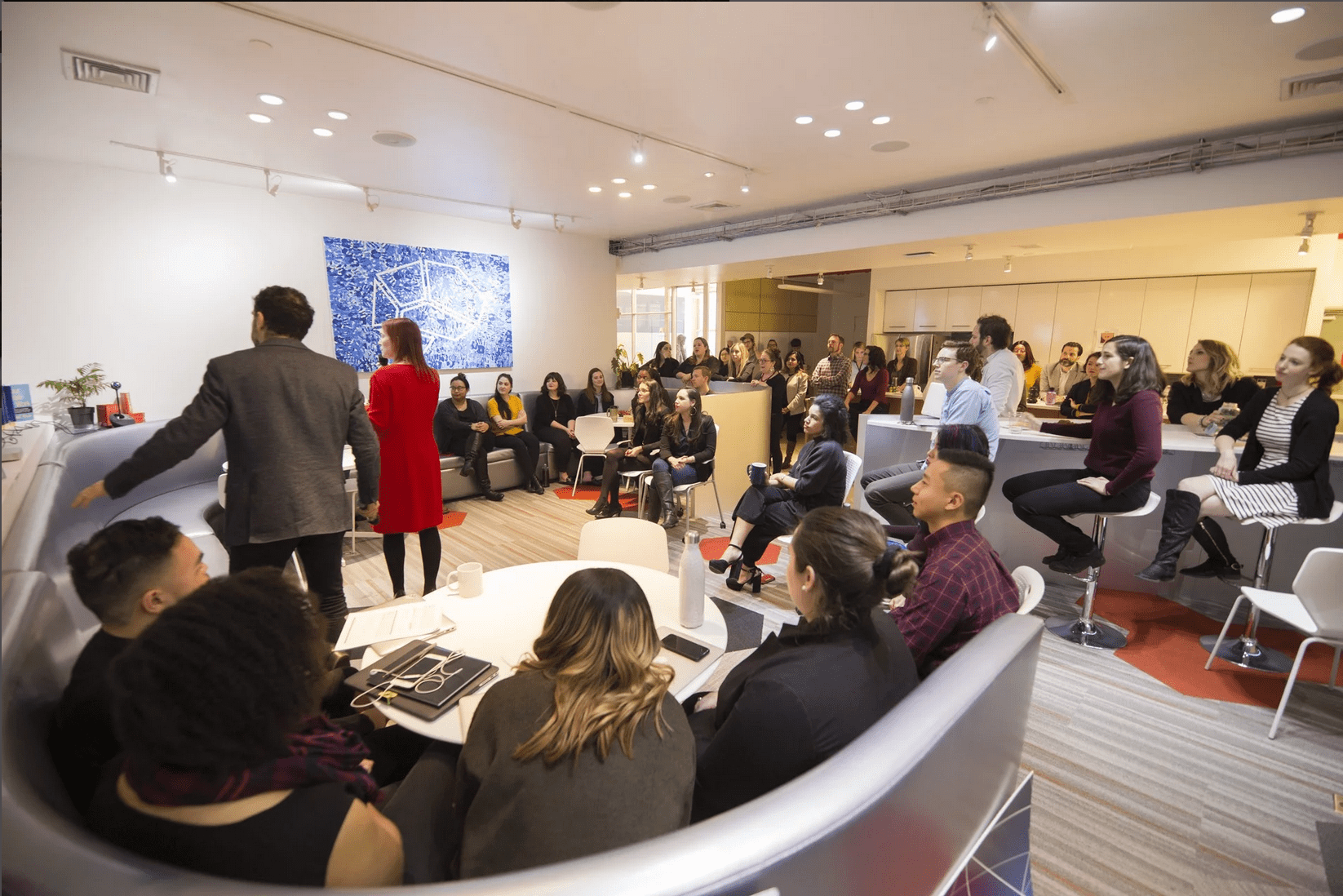By Chris Weller and David Rock According to Gallup, organizations could realize an extra 18% in profit and 14% in productivity by doubling the proportion of employees who feel that...
Read More →

FEATURED INSIGHT
By Chris Weller and David Rock According to Gallup, organizations could realize an extra 18% in profit and 14% in productivity by doubling the proportion of employees who feel that...
Read More →
Understanding the nuances between allyship and inclusion is important to helping your team act in everyone’s best interest, and correct past imbalances.

Hiring is a critical process for organizations. That’s why building, or rebuilding, the hiring process takes careful thought. Here’s what the research says.

Deb Bubb, IBM’s Chief Leadership, Learning, and Inclusion Officer, is bringing her work home in an inspiring and transformative way. Here’s how.

We all need to strike the right adaptive mindset amid this crisis. The Stockdale paradox can teach us how to balance realism with optimism.

High levels of stress and anxiety can affect your ability to focus. Science shows us how can you manage stress, maintain focus, and stay productive.

Join millions of employees in creating culture change at scale by reaching out today.

In 2007, David and Lisa Rock and their team had been working in leadership development and executive coaching for ten years, when David coined the term “NeuroLeadership.”ef

North America
Africa
South America
Asia
Europe
Australia
© NeuroLeadership Institute 2025. All Rights Reserved
This site uses cookies to provide you with a personalized browsing experience. By using this site you agree to our use of cookies as explained in our Privacy Policy. Please read our Privacy Policy for more information.